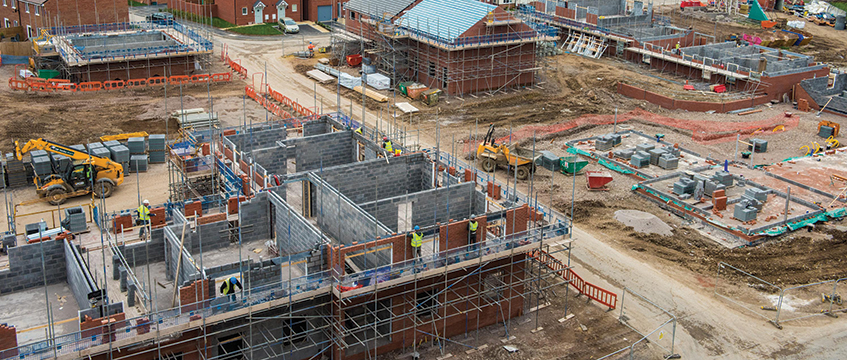COMMENT: Sajid Javid, secretary of state for housing, communities and local government, last week revealed the intention of Homes England to use brownfield land registers to progress development. But unfortunately, given the indifference of local councils all around the country, the registers are unlikely to have any real effect on the mounting housing shortfall.
Although the thinking behind the registers is sound in principle and has the potential to boost the redevelopment of brownfield land, they lack teeth to enforce their use, rendering them impotent.
Homes England last week estimated the number of local authorities to have submitted their register at 310, supposedly revealing more than 26,000 ha of developable land on more than 160,000 sites. In principle, it all sounds encouraging. However, the figures are misleading.
Missed deadlines
The reality is that a fifth of councils missed the 31 December deadline to submit their register. Of those that did, few listed any sites in part two of the document, on which the success of the policy rests.
Most councils have duly listed suitable sites for brownfield development but have failed to transfer the majority, if any, onto part two, which is the real sweetener for housebuilders: those sites listed on part two are automatically granted permission in principle, thereby, from the developers’ perspective, removing a hefty chunk of uncertainty.
Instead, it appears that councils have done the bare minimum, simply listing those sites they believe suitable for redevelopment on part one. But none of this information is new. These sites are already listed on SHLAA documents, available to any developer that wishes to look.
Despite the oft-expressed, erroneous belief that developers are interested only in greenfield land, in practice it can sometimes be more appealing to develop brownfield land, in order to circumvent political issues, negative local sentiment and to generate sales. Should local councils take the time to populate section two of their respective registers – along with the planning in principle that comes with it – there would be a great deal of interest from housebuilders keen to move forward with schemes.
But without penalties for councils that fail to populate both parts one and two of the register – or incentives to do so – the exercise has no practical value whatsoever.
As things stand, councils are unlikely to transfer sites onto part two of the registers, largely because they are concerned about losing control over the design of the resulting development. There have also been questions around whether reticence to list such sites has anything to do with the reduced level of fees in the absence of the usual planning permission requirements.
Penalties needed
If the registers are to stand any chance of delivering on their purpose, there should be a penalty for councils both for failure to comply and neglecting to complete both parts of the document in full. The current system for compiling the registers also needs to be standardised, lest it open the risk of differing parameters and guidelines throughout the country.
The transparency offered by completed registers would also be welcome, listing accurately the true volume of brownfield sites that are suitable for development, which would open-up a wider discussion on the requirement for development of greenfield sites if the UK is to build the 300,000 new homes needed each year to meet demand. The vast housing shortfall cannot be met via brownfield development alone; transparency would enable a much more productive dialogue around development on greenfield land.
Alternatively, a better solution can be found in up-to-date local plans, listing all suitable and viable brownfield sites, with the addition of permission in principle – in their current guise, the unhelpful registers stand little chance of having any impact whatsoever in getting housebuilders on site and building homes.
Paul Smith is managing director of Strategic Land Group











